If you had to pick one of the topics most discussed regarding dietary issues and requirements the top pick would probably be gluten. The term is as ubiquitous in conversations as it is in diets and food labeling.
So maybe you know a little about gluten like that it has to do with the composition of wheat and many people seem to be intolerant of it if ingested. But the scope of understanding gluten goes beyond just thinking about giving up bread. That might be the initial approach, but rather than just sacrificing the foods you love, a little research about gluten and its alternatives can inform you about foods -- especially baked goods -- that you still want to enjoy. Then you can learn about baking with gluten-free flour.
What Is Gluten-Free Flour?
First, let’s talk about what it is not. The regular white baking flour we are used to as an ingredient in breads, cakes, and cookies is typically just processed white flour derived from wheat but can also come from barley and rye. This flour contains the protein gluten which helps to provide the “structure” for baked goods. It’s the component of flour that holds them together rather than being crumbly or falling apart.
Gluten-free flour is not made from wheat but comes from other sources like different grains such as oats, white and brown rice, millet, buckwheat, and from beans and nuts. It functions in the same way as flour that comes from wheat but with a few characteristic differences that must be addressed during the baking process.
Does Gluten-Free Flour Taste Different than Flour Made from Wheat?
It can but not significantly. Any taste differences also depend on which flour or flours are used and in what proportions. The variety of gluten-free flours is advantageous in that they can be blended to achieve the results that bakers want. Baking with gluten-free flour will produce some slight differences in taste or texture.
Millet flour tends to have a mild flavor while buckwheat flour lends itself to a more earthy taste. In addition, quinoa flour has a nutty flavor and bean flour can actually sometimes taste like beans. With these characteristics in mind, blends of gluten-free flours, whether purchased as such or mixed in your kitchen, may require some experimentation to achieve the flavors and textures you desire.
Some flours, such as The Good Flour Co’s All-Purpose Gluten-Free Baking Flour, strive to overcome most of the complaints. Some flours like Robin Hood or Bob’s Red Mill, still have allergens or additives such asXanthan. Others lack a focus of sourcing Non-GMO ingredients or miss out on beneficial nutrients. The Good Flour Co. is the gluten, allergen, filler free, Non-GMO, all while providing nutrients with a taste and texture that bring it close to being just like white wheat flour.
Is Baking with Gluten-Free Flour Healthier?
If you are affected by gluten intolerance or allergy, then using gluten-free baking recipes is a healthier option in order to avoid any intestinal issues. Also, gluten-free flours, often derived from other types of grains as well as beans and nuts, can provide some nutritional benefits in the form of proteins, vitamins, minerals, and fiber. But as it should be with anything that is consumed, balance is always advised, and seeking expert advice from your doctor or nutritionist is a great way to receive the most informed answers to specific nutritional questions.
Will My Baking Be Affected by Using Gluten-Free Flour?
Gluten-free flours are comparable choices as substitutes for wheat flour. Unless a recipe specifies a difference in amounts, your measurements should remain the same, therefore use gluten-free flour as you would any flour, but with a few minor adjustments. Some flours have a tendency to clump so sifting is advised. Also, oven temperatures may need to be adjusted and baking times lengthened so you may need to observe each recipe with a little more concentration to determine any modifications.
How Long Will My Gluten-Free Flour Remain Fresh?
This is a critical question to ask regarding any food. Gluten-free baking flour, stored in a pantry, lasts from one to three months depending on the type of flour. Refrigeration will extend your flour’s shelf life by several months as will storing it in a freezer. It’s important to learn about each flours’ guidelines for expiration dates as well as the type of storage container to be used.
Whether wanting to sample some healthy baking recipes or needing to make critical dietary adjustments, using gluten-free baking flour can add a new dimension to your baking while helping to incorporate this nutritional approach for a healthier eating lifestyle. So, boost your supply of baking ingredients by baking with gluten-free flour. No one among your family and friends will complain if they are asked to sample your new gluten-free selection of delicious breads, cakes, and cookies.




